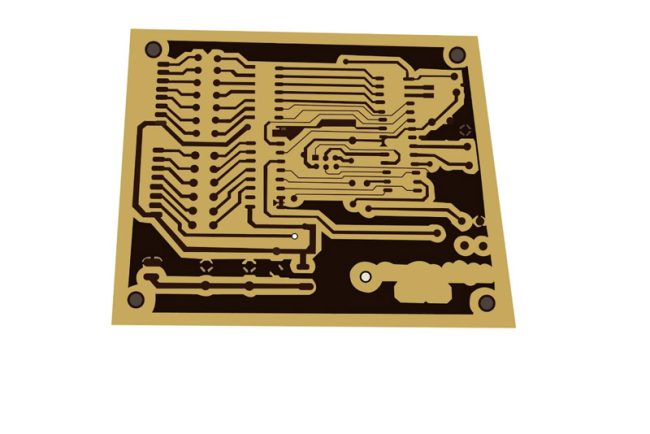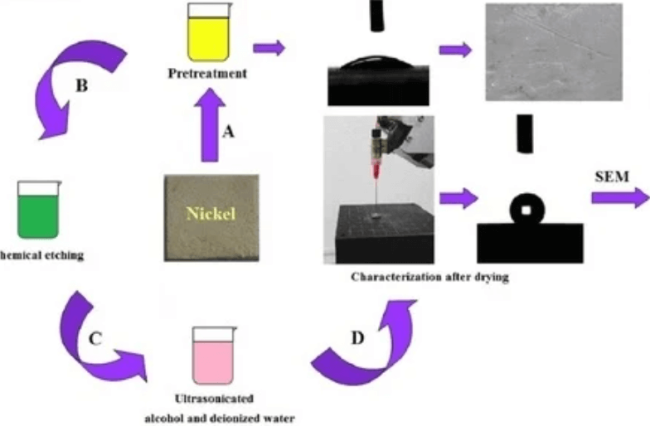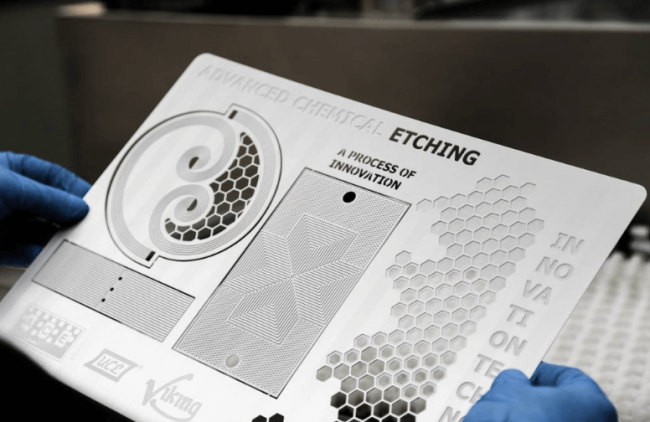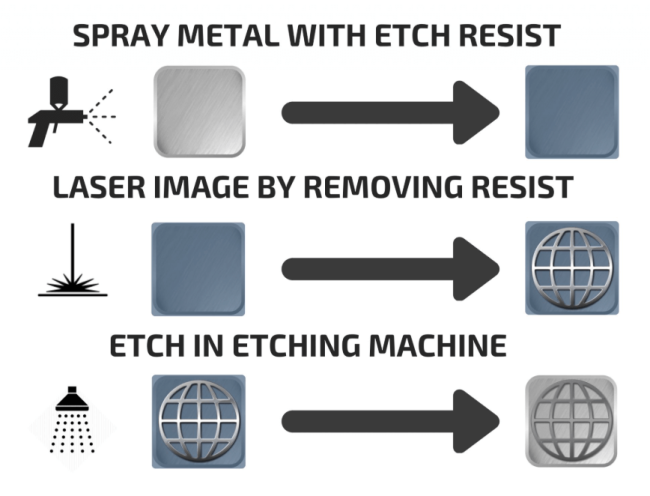I am Jody Zhang, I graduated from Wuhan University in 2000. I am an automation engineer with 24 years of experience, in charge of writing content for Xinketching. I am willing use my experiences to create reliable and necessary metal etching information to help our readers. We welcome readers to engage with us on various topics related to metal manufacturing. Please feel free to share your thoughts and questions on these subjects with us. We look forward to hearing from you!
Copper chemical etching is a subtractive manufacturing process that selectively removes copper from a substrate using chemical solutions. Widely used in electronics, aerospace, and decorative arts, this technique enables precise patterning without mechanical stress. This article explores the key characteristics, processes, applications, and considerations of copper chemical etching. 1. Etching Process Overview The process involves:…
Nickel chemical etching is a subtractive manufacturing process that uses controlled chemical reactions to selectively remove material from nickel or nickel alloy substrates. This technique is widely used in industries requiring high precision, such as microelectronics, aerospace, medical devices, and MEMS (Micro-Electro-Mechanical Systems). Unlike mechanical methods, chemical etching avoids tool wear and stress-induced deformations, making…
Titanium, renowned for its exceptional strength-to-weight ratio, corrosion resistance, and biocompatibility, is a cornerstone material in aerospace, medical, and electronics industries. However, its machining poses challenges due to high strength and low thermal conductivity, leading to tool wear. Chemical etching emerges as a precise, non-contact alternative, enabling intricate designs without mechanical stress. This article explores…
Brass, an alloy primarily composed of copper (Cu) and zinc (Zn), is renowned for its malleability, corrosion resistance, and aesthetic appeal. Chemical etching, a subtractive manufacturing process, is widely used to create intricate designs, functional components, and microstructures on brass. This article provides a detailed examination of the characteristics, processes, and applications of brass alloy…
Chemical etching is a subtractive manufacturing process that employs reactive chemicals to selectively remove material from a substrate, creating precise patterns and geometries. Aluminum alloys, known for their lightweight, corrosion resistance, and mechanical strength, are widely used in industries such as aerospace, automotive, and electronics. This article explores the characteristics, applications, challenges, and environmental considerations…
Screen printing is not just a decorative process—it’s also a powerful method for applying protective coatings that prevent corrosion on various substrates. This article explores the complete range of anti-corrosion technologies available through screen printing, their applications, and the science behind their effectiveness. Introduction to Anti-Corrosion Screen Printing Screen printing for corrosion protection involves depositing…
Metal etching, a process utilizing chemical solutions to remove material and create precise patterns, is vital in industries like electronics, aerospace, and art. Maintaining the efficacy of the etching solution is critical for quality and efficiency. This guide explores the best principles for determining when and how to change etching solutions, balancing performance, cost, and…
Chemical etching, also known as photochemical machining (PCM), is a subtractive manufacturing process that uses controlled chemical reactions to produce precise metal components. Renowned for its ability to create complex geometries without mechanical stress, it is widely used in industries requiring high precision. This article explores the factors influencing accuracy, measurement techniques, comparisons with other…
Metal etching is a manufacturing process used to create intricate designs on metal surfaces, commonly employing corrosive chemicals such as hydrochloric acid (HCl), nitric acid (HNO₃), sulfuric acid (H₂SO₄), and ferric chloride (FeCl₃). While effective, these substances pose significant risks to human health and the environment. This article explores these hazards and outlines protective measures…
Passivation is a critical post-etching step in metal fabrication, particularly for stainless steel and other corrosion-resistant alloys. It enhances the metal’s natural oxide layer, restoring corrosion resistance compromised during etching. This article explores the role, methods, and best practices of passivation in metal etching. 1. The Role of Passivation in Metal Etching Metal etching involves…











